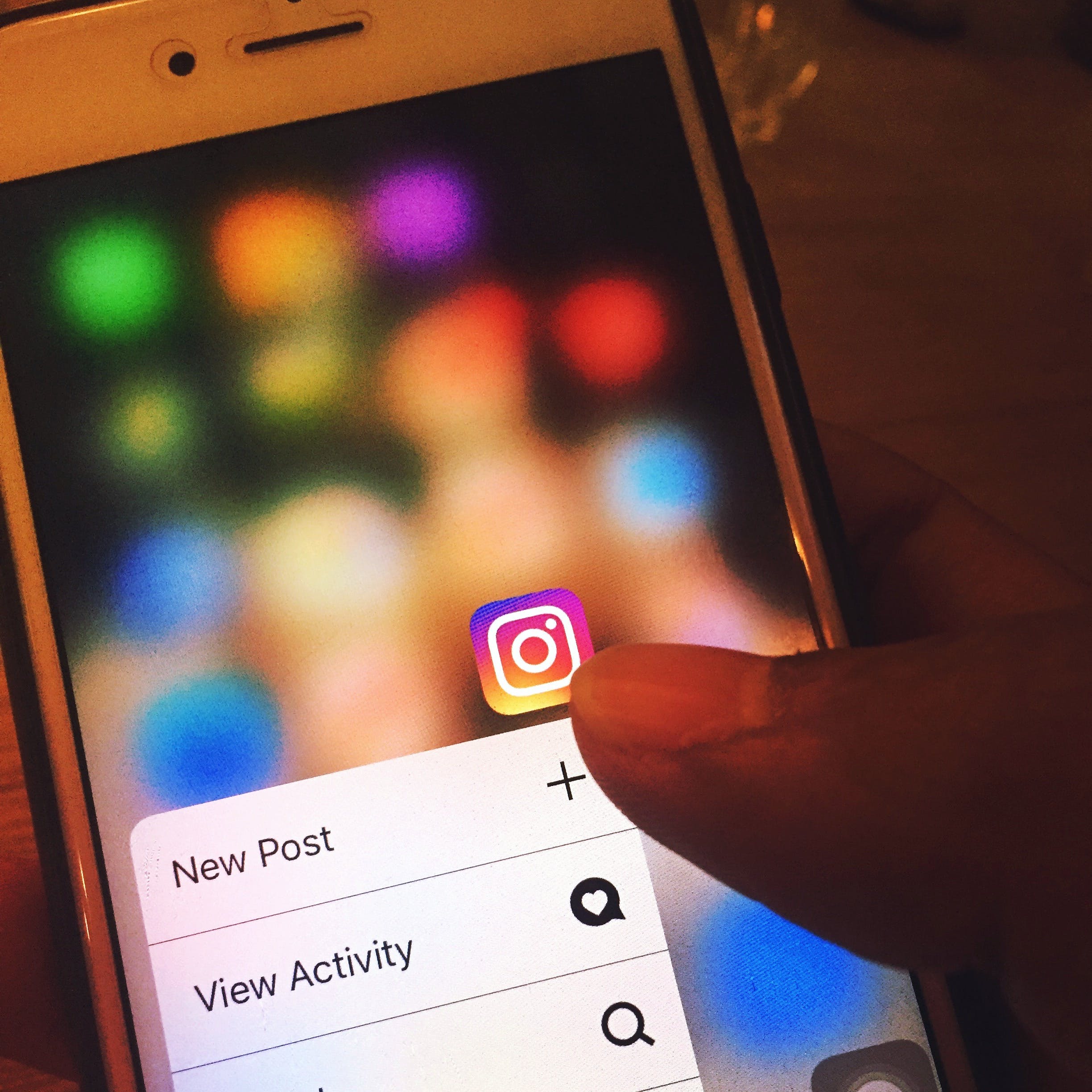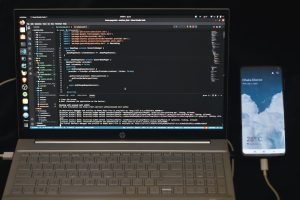
In the realm of influencer marketing, authenticity and transparency are paramount. Brands and online marketers rely on accurate data to make informed decisions about collaborations and partnerships with influencers. One critical aspect of this data is the assessment of an influencer’s audience, including the determination of fake followers. Modash is one platform that offers tools and services to help marketers analyze influencers’ audiences, including assessing the presence of fake followers. But how exactly does Modash calculate fake followers, and what factors come into play? In this article, we’ll delve into Modash’s approach to calculating fake followers and explore the factors that influence the process.

Understanding Fake Followers
Before diving into Modash’s methodology, it’s essential to understand what constitutes a fake follower. Fake followers are accounts on social media platforms that do not represent genuine, engaged users. These accounts may be bots, inactive accounts, or accounts created to inflate an influencer’s follower count artificially. Identifying fake followers is crucial for marketers to ensure that their influencer partnerships reach real, authentic audiences and deliver genuine engagement.
Modash’s Approach to Calculating Fake Followers
Modash employs a multifaceted approach to calculating fake followers, utilizing a combination of algorithms, data analysis, and machine learning techniques. While the specifics of Modash’s methodology may vary, depending on the platform and data sources involved, the process typically involves the following steps:
1. Data Collection: Modash collects data from various sources, including social media platforms such as Instagram, Twitter, and TikTok. This data may include information about an influencer’s followers, such as their usernames, engagement metrics, and activity levels.
2. Data Analysis: Once the data is collected, Modash performs an in-depth analysis to identify patterns, anomalies, and indicators of fake followers. This analysis may involve examining factors such as follower growth rates, engagement rates, account activity, and audience demographics.
3. Algorithmic Modeling: Modash employs proprietary algorithms and machine learning models to process the data and generate insights about an influencer’s audience. These algorithms may be trained on large datasets of known fake and real accounts to identify characteristics and behaviors associated with fake followers.
4. Scoring System: Based on the analysis and modeling, Modash assigns a score to each influencer’s audience, indicating the likelihood of fake followers being present. This score may be presented as a percentage or a qualitative assessment, such as low, medium, or high risk.
5. Manual Review: In some cases, Modash may conduct manual reviews of influencer accounts to validate the findings of the automated analysis. This may involve examining individual follower profiles, engagement patterns, and other factors to confirm the presence of fake followers.
Factors Influencing Fake Follower Detection
Several factors can influence the accuracy and reliability of Modash’s fake follower detection process. These factors include:
– Platform-Specific Algorithms: Different social media platforms may have unique characteristics and behaviors associated with fake followers. Modash’s algorithms may be tailored to account for these differences and optimize detection accuracy.
– Data Quality: The accuracy of Modash’s fake follower detection relies on the quality and completeness of the data available. Incomplete or inaccurate data may impact the reliability of the analysis and the validity of the conclusions drawn.
– Model Training: Modash’s algorithms and machine learning models rely on training data to learn patterns and identify fake followers. Continuous refinement and updating of these models are essential to adapt to evolving tactics used by fake accounts.
– Human Oversight: While automation plays a significant role in fake follower detection, human oversight and intervention are also crucial. Manual review and validation help ensure the accuracy and fairness of the detection process.
In conclusion, Modash employs a sophisticated approach to calculating fake followers, leveraging algorithms, data analysis, and machine learning techniques. By collecting and analyzing data from various sources, Modash generates insights about an influencer’s audience and assesses the likelihood of fake followers being present. While the specifics of Modash’s methodology may vary, the overall goal is to provide marketers with accurate, actionable information to inform their influencer marketing strategies effectively. As influencer marketing continues to evolve, platforms like Modash play a vital role in ensuring transparency, authenticity, and trust between brands, influencers, and their audiences.








